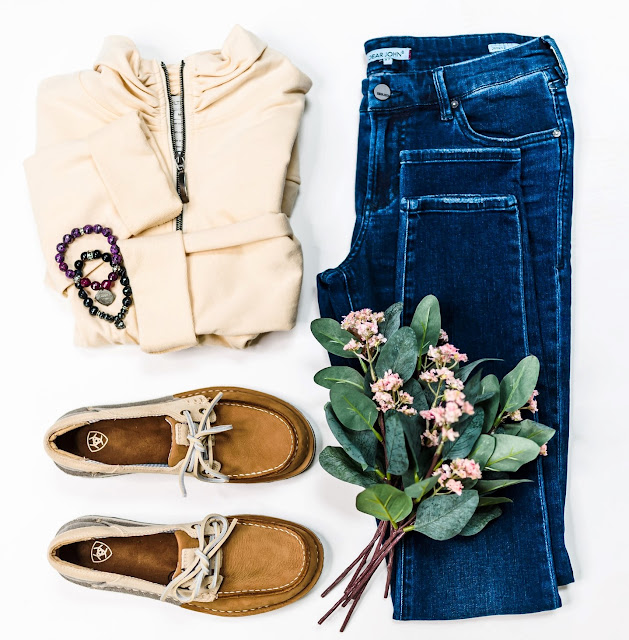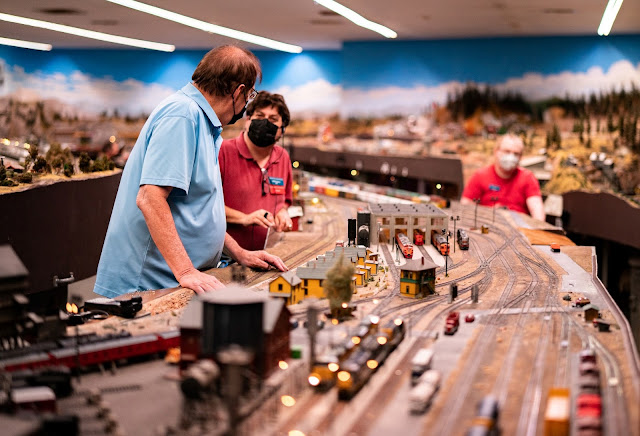Upgrade Your Closet From Sad to Satisfying
It's the most common question people ask themselves when they open up their closets, and it stirs up two very different emotions: excitement or frustration.
Based on my own experience, and the experiences of other people I've talked to, the feeling of excitement isn't very common. Sometimes we get it when we've purchased a new outfit, but even then there's no guarantee. How often have you brought new clothes home only to find that they don't fit, feel, or look as good as you thought they did in the store? They end up in the back of the closet, tags still on, a reminder of fashion failure.
The problem with fast fashion
Even if a new outfit is a success, the novelty fades, and our consumer society steps in with ads and promotions that promise even more pleasure if you make another purchase.
The results of buying new clothes every week aren't great. That fast fashion fix leads to:
- a closet that's even more packed and hard to keep in order
- a bunch of credit card debt (or at the very least, no money to spend on something other than clothing)
- exploitation of garment workers
- tons of waste and pollution
Instead of shopping, think and refine.
When you take time to analyze what's in your closet, using a critical eye to see how much is there and what potential it has, you might notice several things.
- Instead of buying more, you need to figure out your true style and the image you want to project with your clothes.
- Instead of buying more, you need to consider fashions whose enduring quality is still current today, and figure out what your classic pieces are.
- Instead of buying more, you need to prune what you don't like or need so you can more easily access the items that fit and flatter.
- Instead of buying more, you need to get creative and combine things in new ways.
Spending more time thinking about and refining your wardrobe won't lead to excessive shopping or an obsession with fashion. Rather, it leads to more thorough use of what you already own and more thoughtful, selective, high-quality purchases. This will ultimately save a lot of time, money, and frustration while making you more stylish and self-assured.
Why not set aside a day this month to analyze and evaluate your wardrobe and see what insights you gain?
* This blog is reader-supported. If you buy through my links, I may earn a small commission.
Updated August 2025







Nice.
ReplyDeleteThanks for reading, Zayden.
Delete